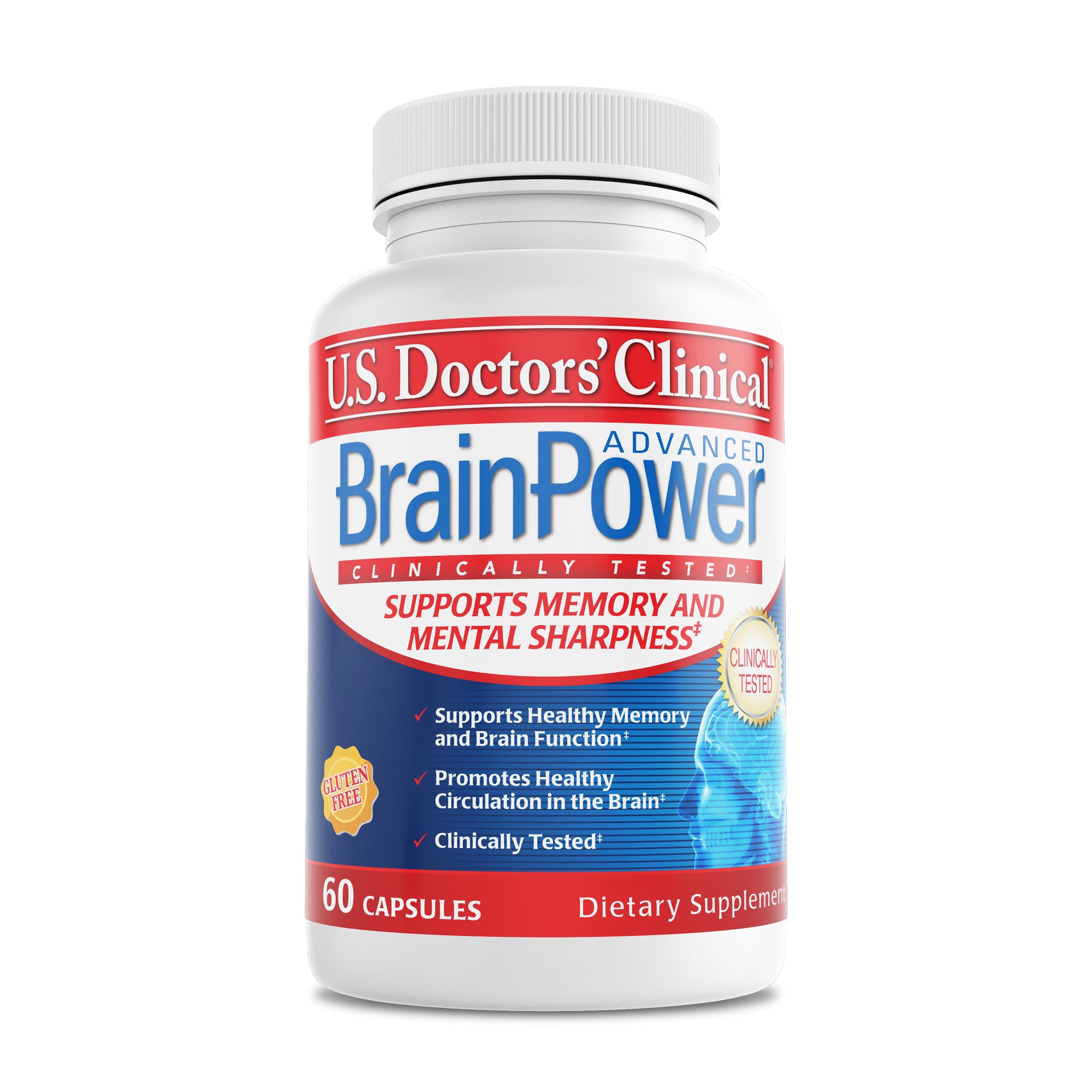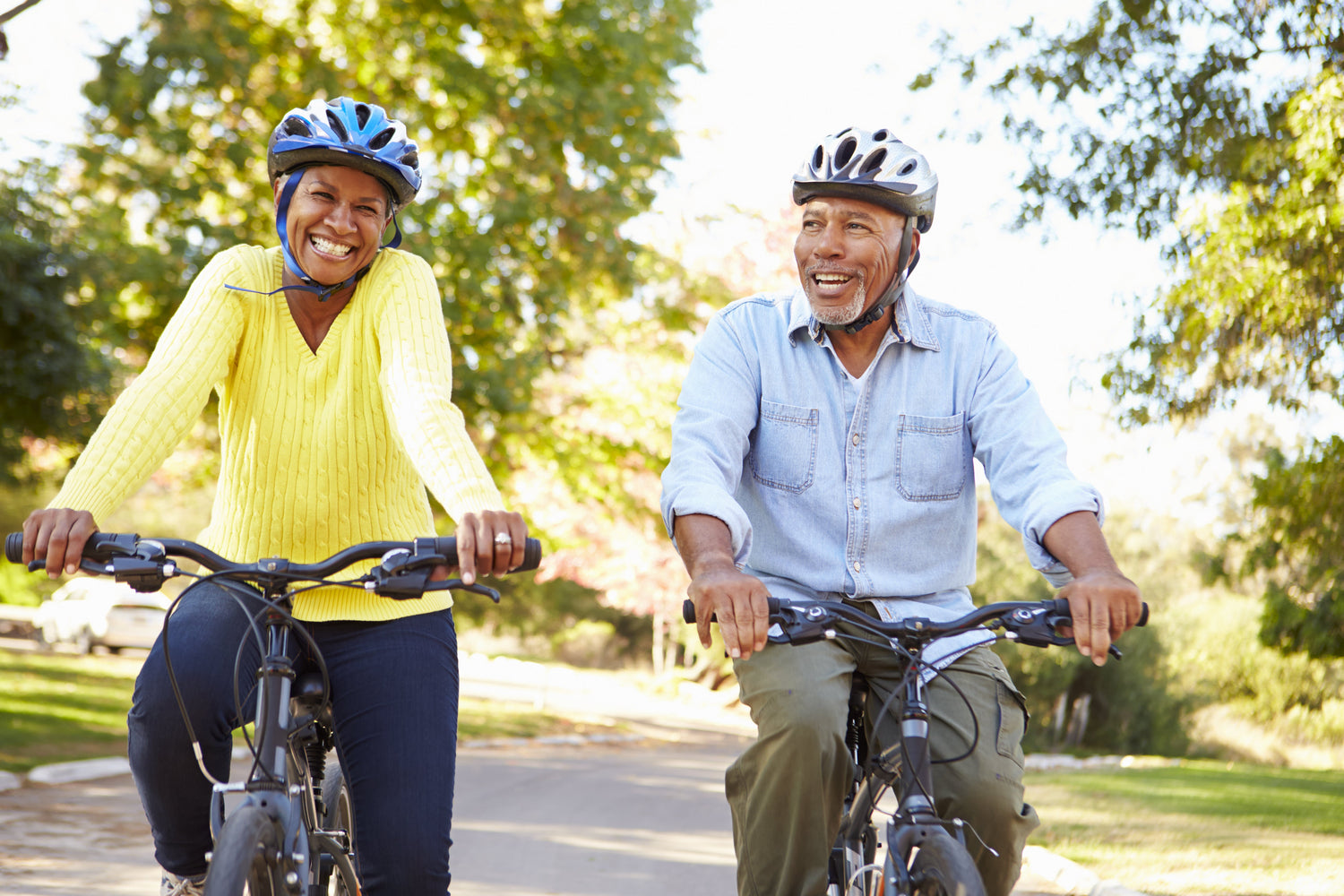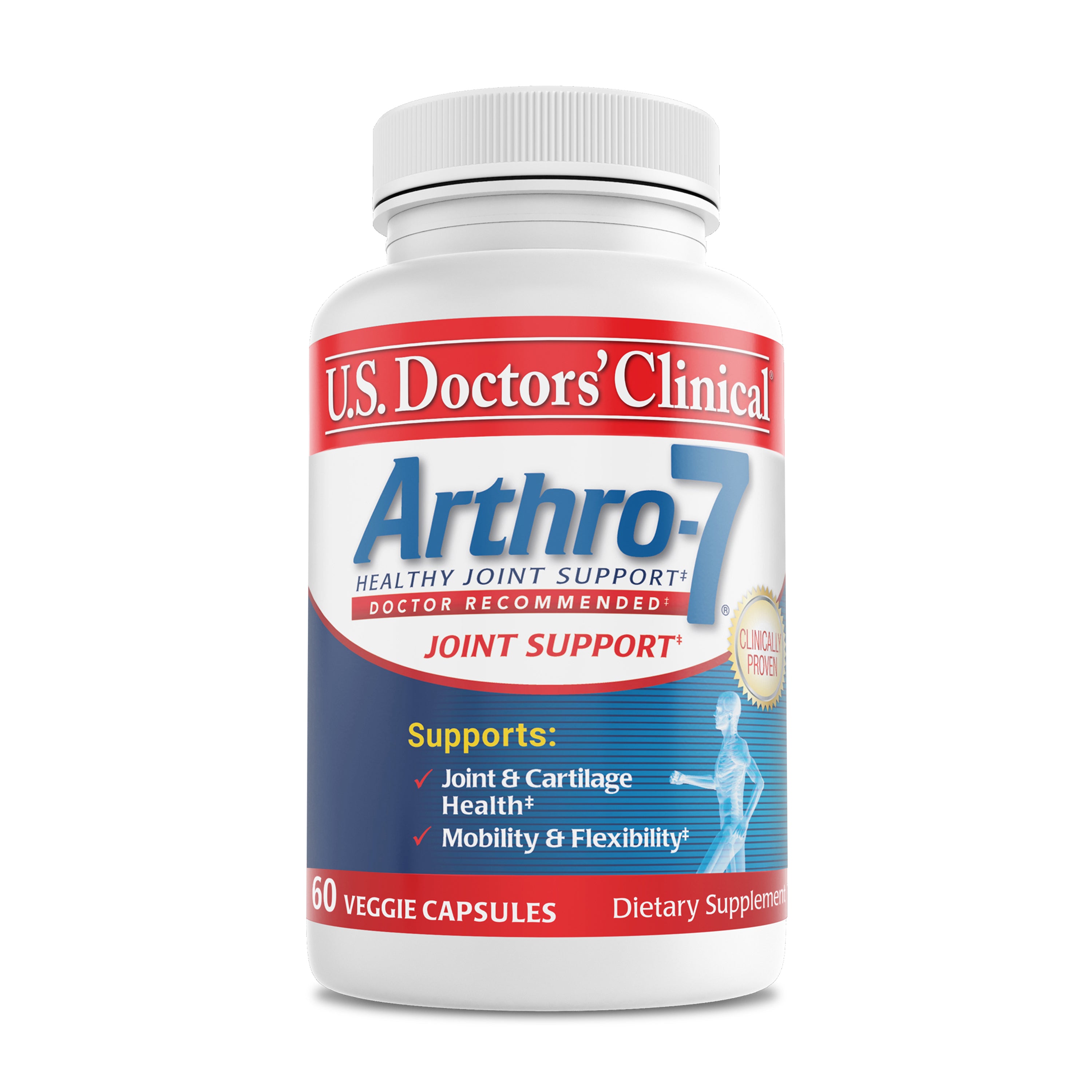We Started Doing More Low Impact Workouts. Here’s Why You Should Too.
The phrase “low impact exercise” can be deceiving. Although it sounds like it should be very easy, low impact exercises like swimming and walking have a litany of benefits and they can still get your blood pumping. The reason these exercises are considered low impact is because they put less stress on your joints, decreasing the likelihood you’ll experience pain. If you think you have to run miles a day in order to see changes in your body, we’re here to tell you that simply isn’t true.

5 Benefits of Low-Impact Workouts
1. Weight Loss
Many people believe that they must push their bodies as far as they can go in order to lose weight, but low impact exercises allow your body to burn calories and build muscle, both of which support healthy weight management.
"A low-impact workout can help with weight loss by contributing to total calories burned," said Cathy Richards, an American College of Sports Medicine (ACSM)-certified exercise physiologist. "We burn fewer calories per minute with low-intensity exercise, but the tradeoff is we can sustain the exercise for longer."
In one study, women living with obesity walked for 50 to 70 minutes three days a week for 12 weeks and were able to significantly reducee their abdominal fat and improve their insulin resistance.
To get the most out of your low impact exercise, find ways to push yourself without increasing pressure on your joints. For example, add incline to your walk on the treadmill or add short sprints while you’re swimming.
2. Decreased Chance of Injury
High impact workouts, which are defined as an exercise where both feet are off the ground at the same time, tend to increase your chances of feeling sore or getting injured because there is a hard pounding when your feet hit the ground.
Low impact workouts, however, typically allow you to keep one foot on the ground, decreasing the chances that you’ll injure yourself or incite inflammation. The Obesity Medicine Association and the American Council on Exercise both agree that low impact exercises are especially beneficial for weight management and joint pain.
3. Increased Likelihood It’ll Stick
Intense boot camp classes are great for some people, but they can be extremely overwhelming for others. While some become high-intensity converts, other people become even more discouraged than they were before they went to their first class. Low impact workouts can make the body feel more comfortable, which increases the likelihood that you’ll want to keep doing it. When it comes to any type of exercise, consistency is key. In order to see changes in your body–both physical and mental–it’s important to choose an exercise that you can see yourself wanting to do long term.
4. Suppress Stress
High Intensity Interval Training (HIIT) is a type of workout that essentially creates a cycle of hard work and recovery that can increase your post-exercise metabolism, improve body composition, and improve fasting blood glucose and insulin sensitivity. However, HIIT workouts also trigger the stress hormone cortisol to be released. When you do too many HIIT workouts without letting the body properly recover, cortisol can float freely in the bloodstream and negatively impact your mood, sleep patterns and immune system.
Low impact workouts don’t come with these potentially adverse effects and can be enjoyed more frequently.
5. Support Mental Health
Low impact exercise was found to be one of the most effective ways to improve mental health, according to Psychology of Sport and Exercise. Participants exhibited an improvement in feelings of enthusiasm and focus after exercising for as little as 30 minutes at least 3 days a week. When you participate in a low impact workout, the body releases endorphins that can help stave off depression and stress and boost your overall mood.
Low Impact Workouts with Big Impact
-
Pilates: Considered a total body workout, pilates is a series of controlled movements that flow seamlessly into one another. Pilates can sometimes be confused with yoga, but while yoga is a slow practice focused on mobility and stretching, pilates focuses on functional strength.
- Promotes Posture: Beginning with building your core, pilates helps promote better posture that can prevent muscle tension from building up in the shoulders, back and legs from too much sitting.
- Builds Muscle: When you build muscle, the number of calories your body burns when resting also increases.
- Increases Mindfulness: Pilates encourages you to be mindful of your body’s limits and your breath while simultanously relieving tension and stress.
Plus, all you need is a mat! Although you can go to a studio and use a reformer, there are a variety of platforms that offer online pilates classes with a mat–you can even find free classes on YouTube.
- Cycling: For avid runners experiencing joint pain, cycling could be your next love. While cycling provides intensity and speed, it does so without causing stress to the joints. Furthermore, cycling helps build stronger leg muscles to support the joints, effectively decreasing joint discomfort long term.
Whether you want to take a ride outside or hop on a stationary bike in the comfort of your own home, the body receives similar benefits; increase your speed or resistance to torch more calories.
- Walking: Going for a walk is one of the most underrated exercises. Not only is walking easy on your knees, it can be done almost anywhere and in many instances it’s free! In order to make walking effective, you do need to put a little power behind it; sauntering around the neighborhood isn’t going to cut it. Work on engaging your legs, hips and abs to actively “push” the ground behind you. Bending your arms in a 90 degree angle and pumping them close to your body will help propel your body further.
If you’re walking on a treadmill, challenge yourself with interval training or with the viral 12-3-30 treadmill workout. Adjust your treadmill to an incline of 12 and speed 3.0 mph and get your blood pumping for 30 minutes. Fans of the 12-3-30 workout swear by it! If you’d rather pound the pavement with your pup, you’re in luck. Temperatures are starting to drop, making it one of the most beautiful times of year to enjoy the outdoors. Plan a route around your neighborhood or nearby park and challenge yourself with intermittent bursts of increased speed.
- Swimming/Water Aerobics: Although your feet aren’t technically on the ground, swimming is considered a low impact workout because the buoyancy of the water holds up your body. Swimming and water aerobics are an incredible workout because they work your entire body, boost your cardio, and put absolutely no pressure on your joints. The best part is, you don’t have to be the next Michael Phelps to see results! According to Mayo Clinic, a 160-pound person can burn up to 423 calories in an hour swimming at a light or moderate pace.
Sources:
- Clifton, Tamera and Davis, Nicole. “5 Fat-Burning Low Impact Exercises That Won’t Kill Your Knees.” Healthline. 2022. https://www.healthline.com/health/fitness-exercise/low-impact-exercises#5.-Go-for-a-skate
- Taylor, Marygrace. “The Ultimate Guide to Low-Impact Exercise for Weight Loss.” Livestrong. 2021.
https://www.livestrong.com/article/13730192-low-impact-exercise-for-weight-loss/
-
Rose, Alexandra. “The Cortisol Creep: Is HIIT Stressing You Out?” Healthline. 2021.
https://www.healthline.com/health/fitness/the-cortisol-creep - McCallum, Katie. “5 Benefits of Pilates That Might Convince You to Add It to Your Workout Regimen.” Houston Methodist. 2022. https://www.houstonmethodist.org/blog/articles/2022/feb/5-benefits-of-pilates-that-might-convince-you-to-add-it-to-your-workout-regimen/






